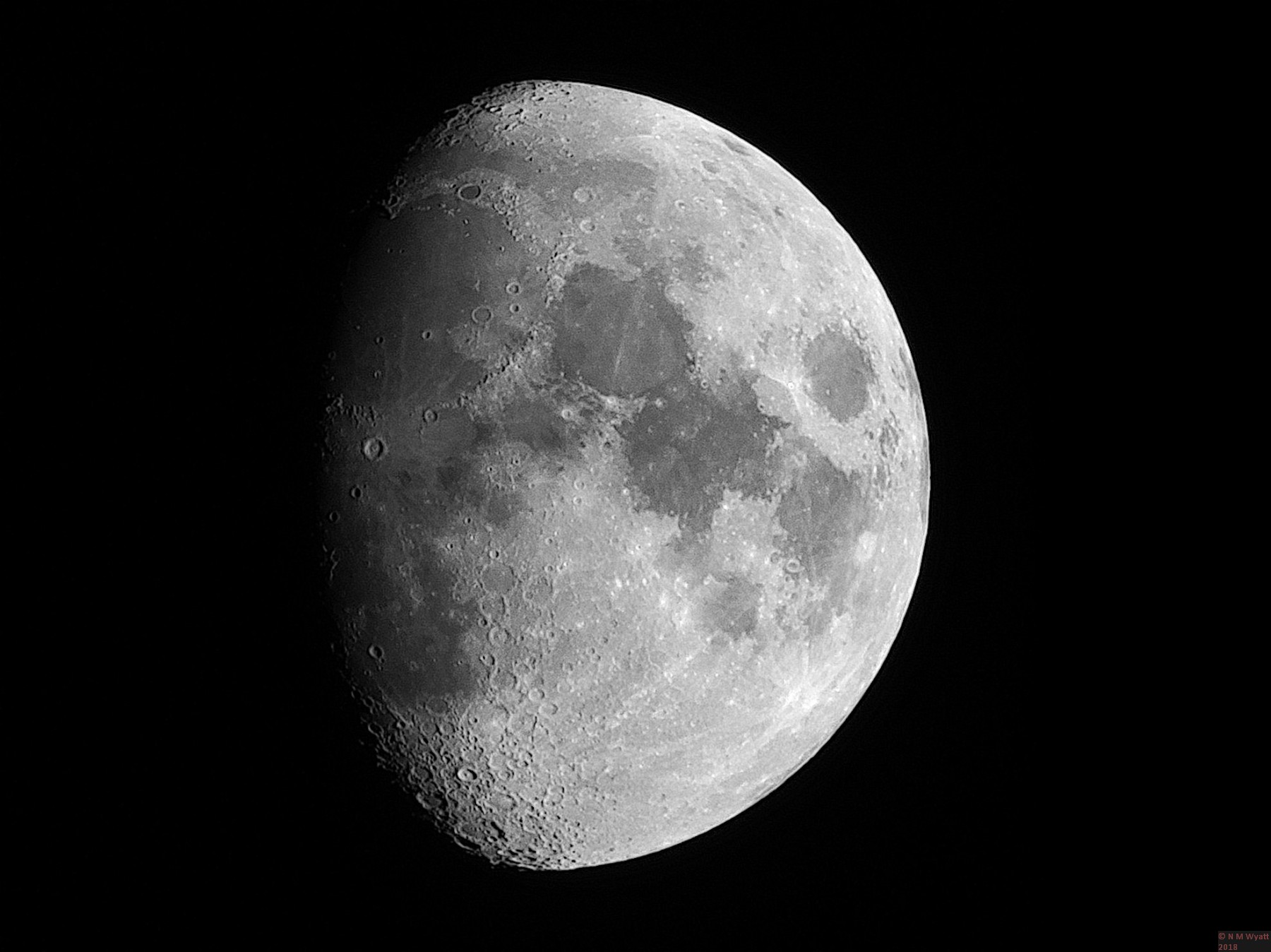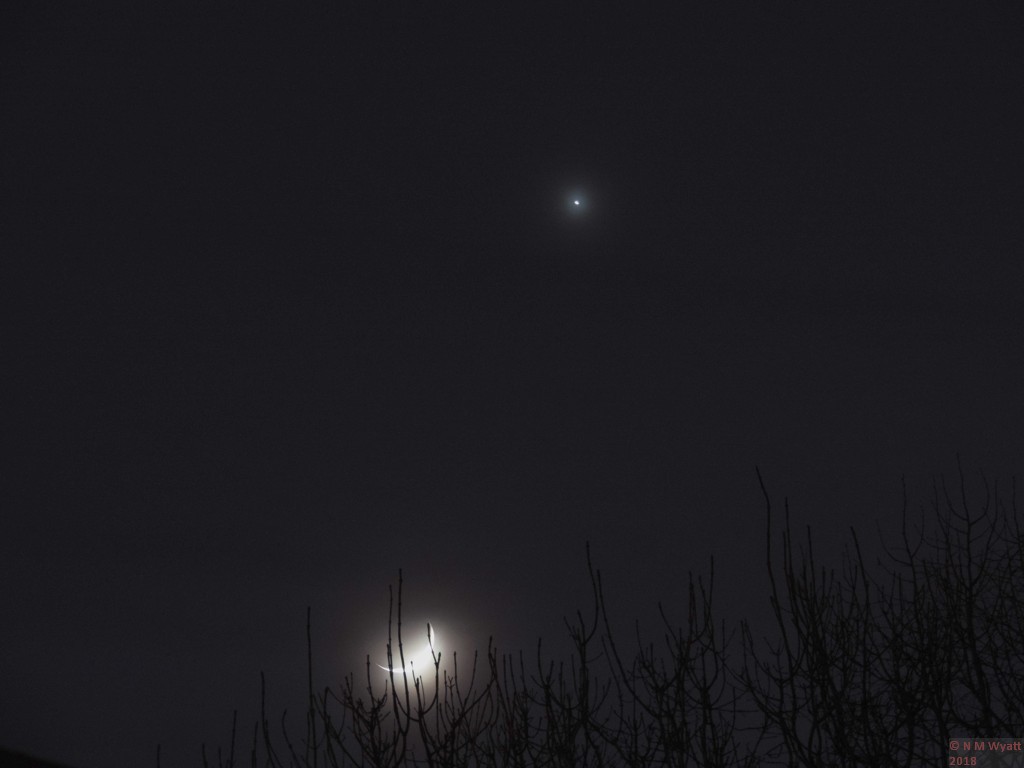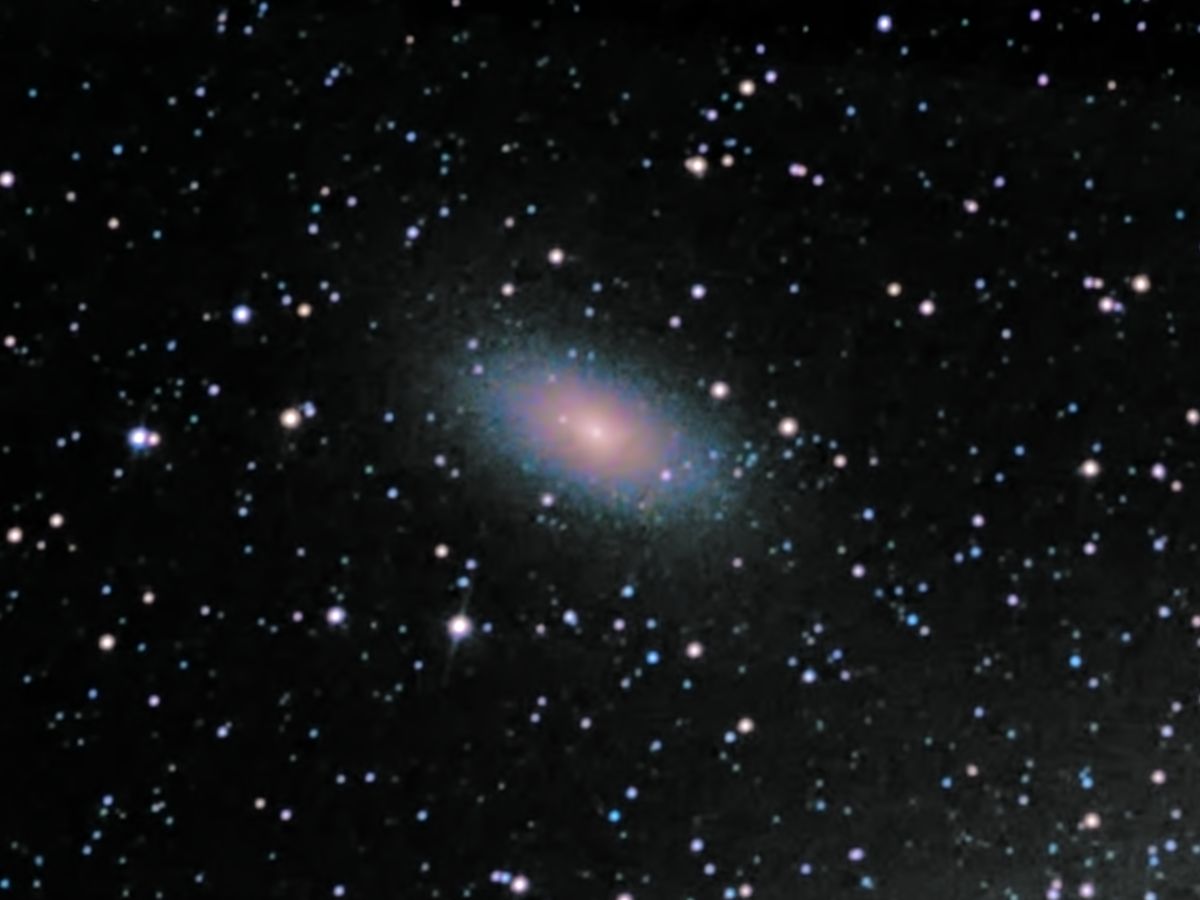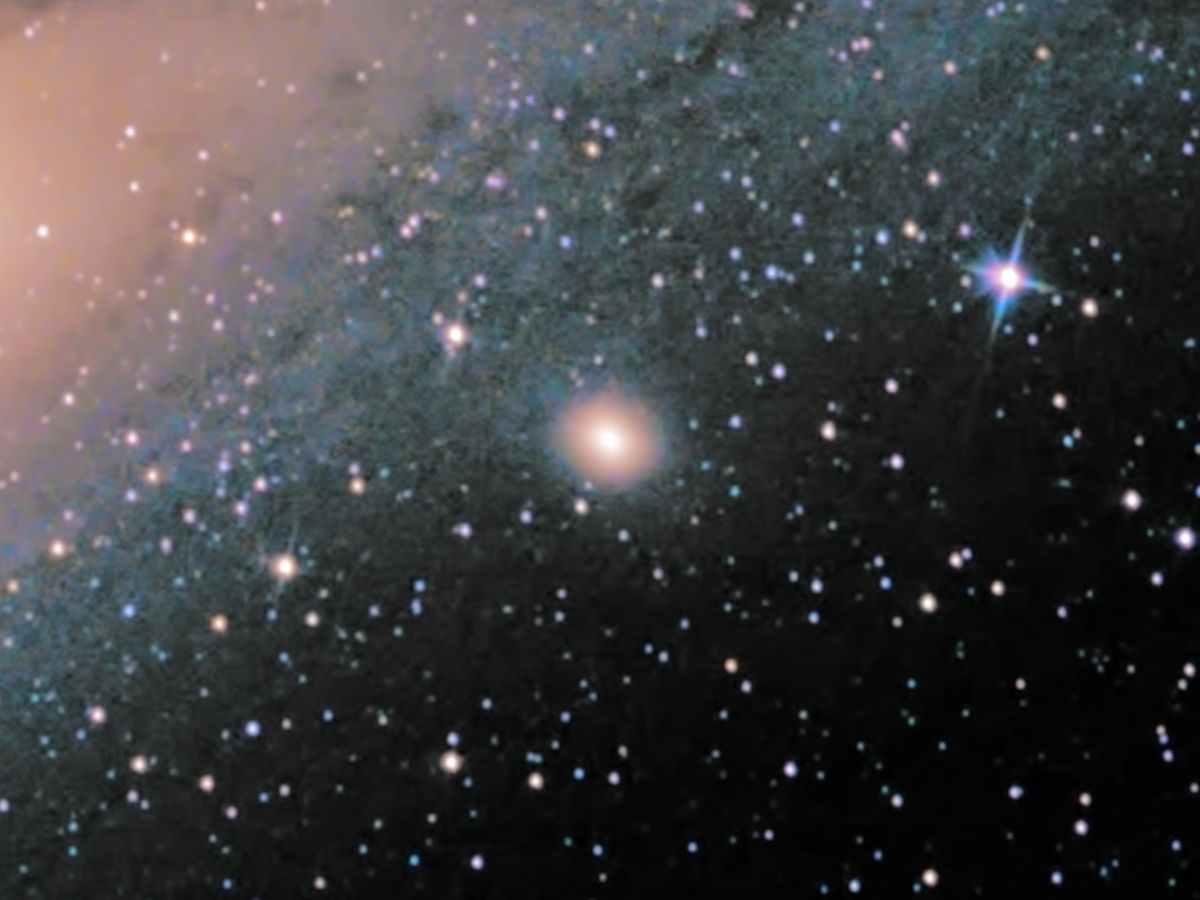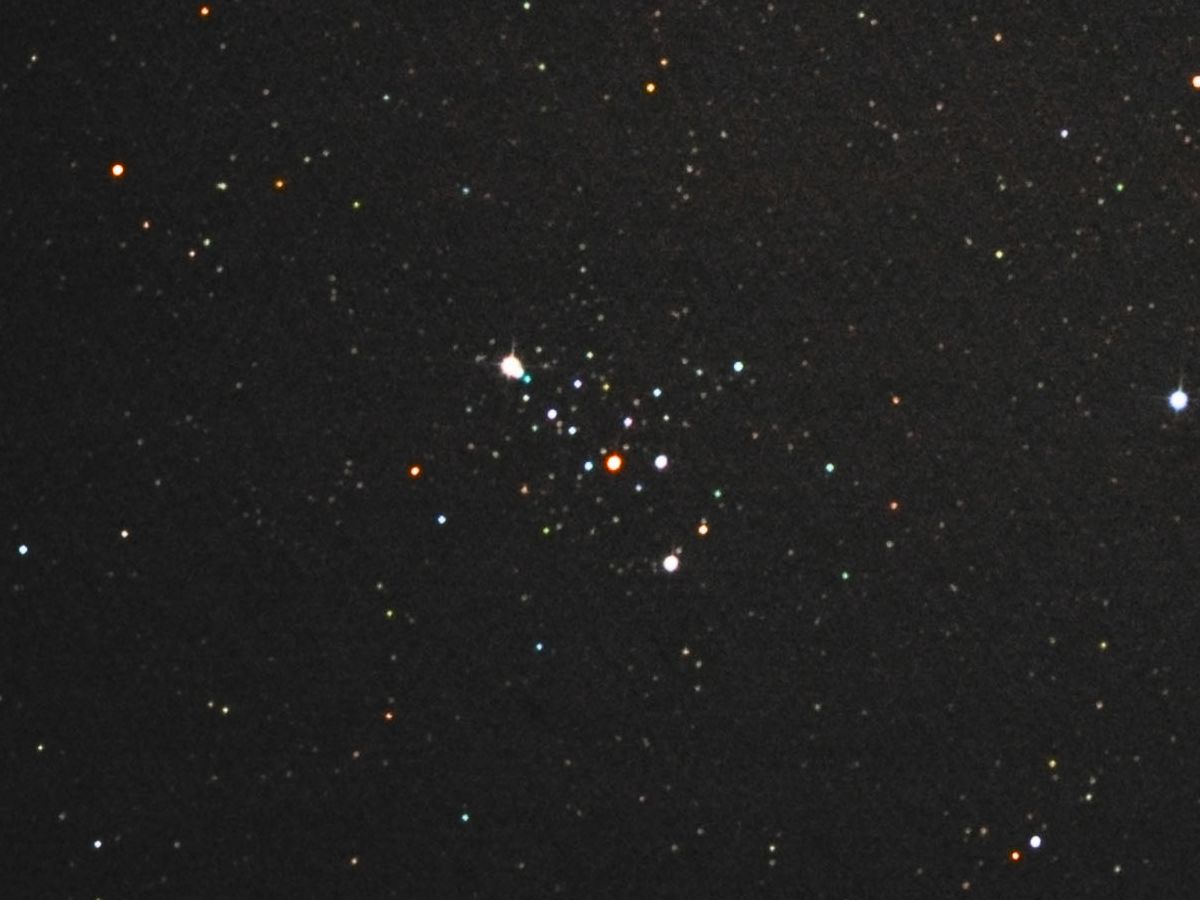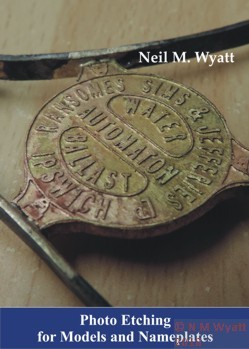If you find this website useful, please check out my books or visit my Amazon Author page. Or even Buy Me a Coffee!
Astronomy
Astrophotography
You are never too old to learn, and one of the thing that has opened my eyes has been discovering the quality of astronomical images that can be produced by amateurs with very modest equipment. By using digital cameras and image processing software it's a realistic ambition to produce images that compare favourably with those produced by the world's biggest telescopes fifty years ago - right in your back yard!
This website does not showcase the best astronomical pictures on the internet! It's a selection of pictures I have taken myself with basic equipment and free software. Producing images like these below, or even better ones, is within your reach!
Most importantly, you don't have to spend a fortune. My first serious scope, mount and tripod cost £180 on Ebay. I spent £40 on a more solid tripod, and about £200 on various bits and pieces including books and an ancient Canon EOS DSLR and a seconhand Microsoft HD Webcam. The results shown before are some of my best so far, and will be updated from time to time.
Perhaps the easiest target in the sky is the moon. You can get good pictures with any long or zoom lens, this is a 'stack' of six pictures taken with an ordinary bridge camera:
A gibbous moon photographed on the isle of Skye.
Follow the links below for introductions to some of the other things you can image in the night sky:
A Conjunction of Moon and Venus
M13 or the great cluster in Hercules is the brightest globular cluster visible in the northern sky. It is visible to the naked eye as a faint star and as a fuzzy blob in binoculars. telescopes and powerful binoculars start to resolve it into individual stars.
M13, the Hercules Cluster
- Details
- Category: Astrophotography
M31, the Great Nebula in Andromeda, is the nearest major galaxy to our own. It has roughly twice as many stars as the Milky Way, but a similar structure and appearance (if we could see the Milky Way from outside). You can see how brighter, bluer stars are concentrated around the outside of the galaxy, while those in the centre are cooler and hence redder/yellower.
It is possible to observe and photograph globular clusters of stars that form a halo around M31, just as similar clusters surround our galaxy. Around twenty such clusters are visible in the image below. Two smaller galaxies, M110 (top centre) and M32 (below M31, to the left of the bright star) are visible in the image below.
The Great Nebula in Andromeda
- Details
- Category: Astrophotography
M110 is an elliptical galaxy that is a small companion in orbit around the larger spiral galaxy M31. Charles Messier actually only listed 109 objects, but M110 is usually added as he did describe it in his journals. Although it is of similar brightness to the other companion galaxy M32, as it is larger its surface brightness is lower, making it more difficult to see.
M110 is a small galaxy in orbit around M31
- Details
- Category: Astrophotography
M32 is a small but bright elliptical galaxy that orbits the much bigger spiral; galaxy M31. the bright glow in the image below is part of the outskirts of M31.
M32 is a small companion galaxy to M31
- Details
- Category: Astrophotography
M103 is an open cluster of about forty stars near the bright star Ruchbah in Cassiopeia. It is relatively easy to find with binoculars or a telescope. Not all of the stars appearing in the area of the cluster are associated with it. The central red giant star is magnitude 10.8.
The open cluster M103
- Details
- Category: Astrophotography
Page 19 of 23

